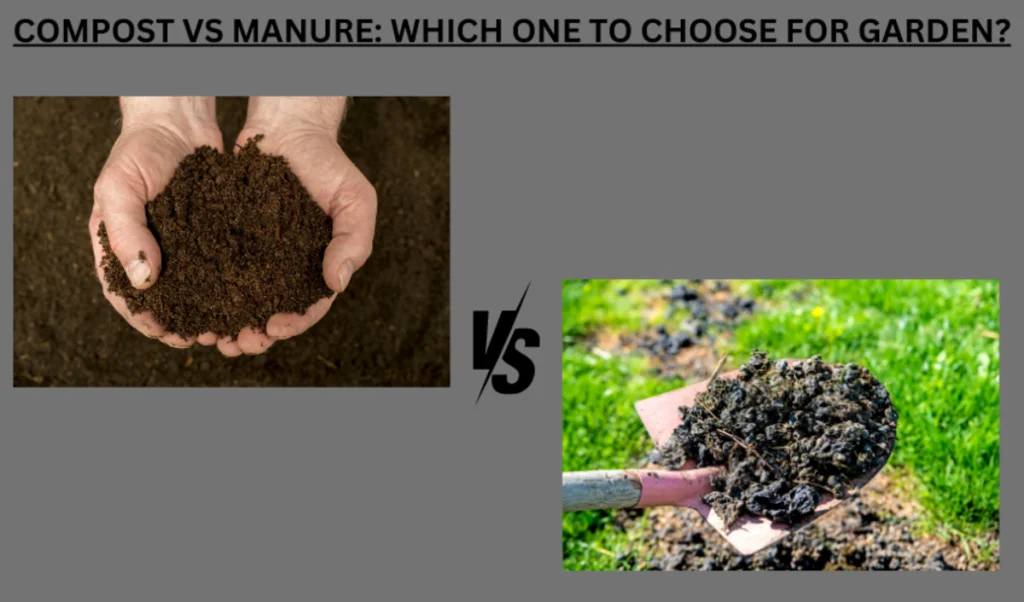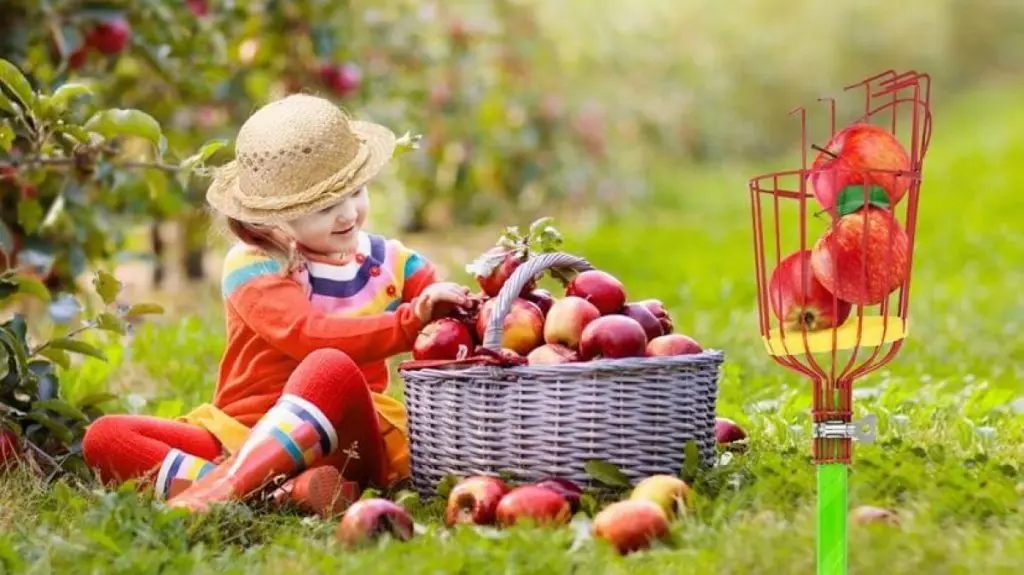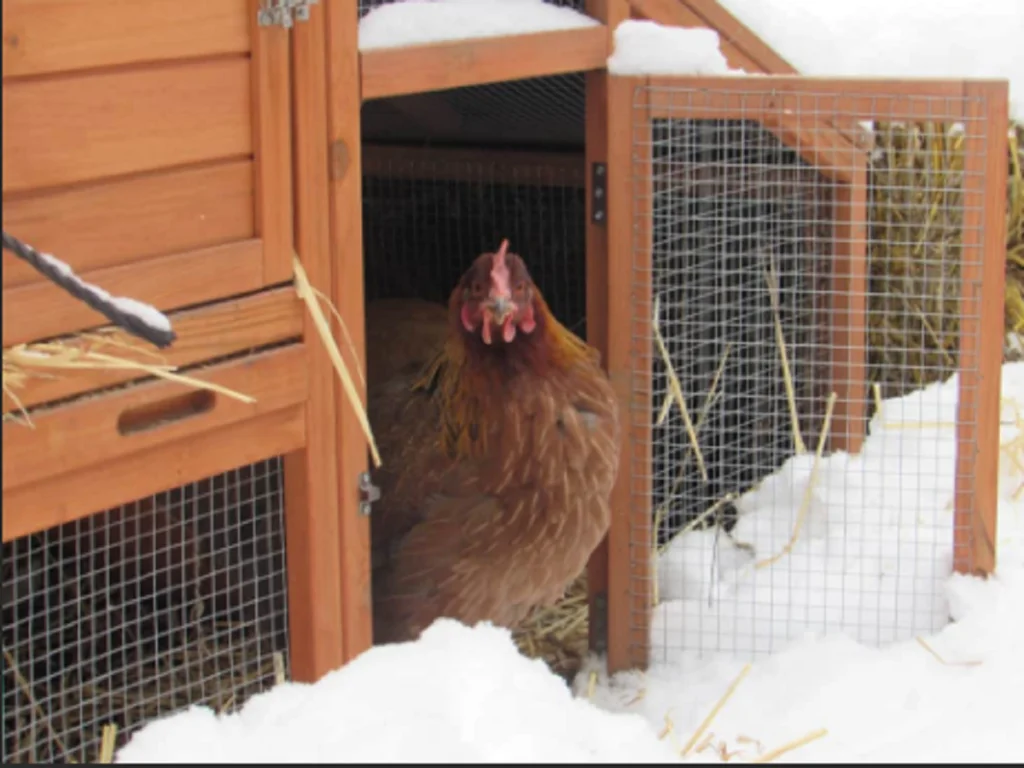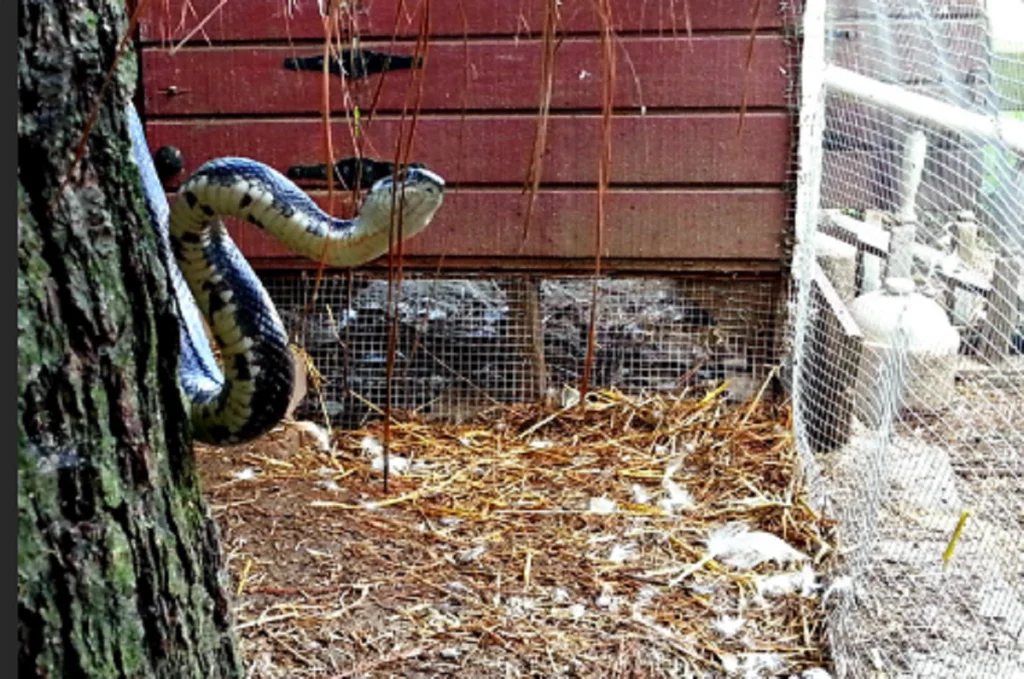Introduction
Do you come across a problem of choosing between compost vs manure for your garden? You’re not the only one. Selecting soil amendment for plant growth is of paramount importance to remember. Nevertheless, the plenty of options for you make you overwhelmed. This article will discuss the difference between compost and manure. This will help you to make the right choice of plan based on your needs. They are both good sources of nutrients for your soil, but they will be different in structure and benefits. The fact that you will be aware of their feeding choice will help you go for the best one, and you will obtain healthy plants. Therefore, let’s go straight to the point and choose the one for you.
Table of contents
Brief Overview On Compost
When organic materials such as waste of specific fruits, vegetables, and kitchen waste, break into organic matter results in compost. It contains a lot of nutrients. Combining alternative sources like kitchen scraps, yard waste, and manure into an enclosed system results in it. For a long, microorganisms convert these materials into humus, a dark, crumbly substance that enriches the soil.
Types of Compost:
Aerobic Compost:
This type of composting involves employing oxygen to decompose the organic matter. The materials must be mixed and mixed continuously to feed oxygen to aerobic bacteria. This method creates compost quickly and makes less smell.
Anaerobic Compost:
In anaerobic composting, air is not present. It is slower, and the smell of different microbes carries the whole process. On the other hand, it is not as quick and efficient as aerobic composting, although the latter needs more labor.
Vermicompost:
Vermicomposting means using worms to change the organic substances into compost, such as worms, which, for example, Eisenia fetida, consume and digest the material to later produce nutrient-rich castings. This technique is good for space-limited buildings such as apartments and indoor gardens and results in high-quality compost.

Brief Overview of Manure
Manure is nothing but simply animal waste, which includes cows, chickens, horses, etc.

Types of Manure:
Cow Manure:
Especially known for its balanced nutrients. You can refer to it as a good source of fertilizer, which enhances fertility as well as the structure of the soil.
Chicken Manure:
High in nitrogen, chicken manure gives a boost to foliar growth and stimulates soil fertility. Nevertheless, it should be composted or aged before application so as not to burn any vegetation.
Horse Manure:
Having a lower nitrogen ratio than chicken manure. Horse manure is indeed beneficial for the soil as they add organic materials that improve the water retention capacity.
Revealing the Difference Between Compost And Manure – Detailed Comparison
| Sr. No. | Feature | Manure | Compost |
| 1 | Source | Animal dung and urine | Various organic materials (food scraps, yard waste, etc.) |
| 2 | Decomposition | Not decomposed or partially decomposed | Fully decomposed |
| 3 | pH | Varies depending on animal and bedding (often alkaline) | Slightly acidic to neutral |
| 4 | Microbial activity | High, but can contain harmful pathogens | Varies, usually lower than fresh manure, contains beneficial microbes |
| 5 | Nutrient content | High in macro and micronutrients (varies with animal) | Moderate in nutrients, richer in organic matter |
| 6 | Odor | Strong, unpleasant smell | Earthy, pleasant smell |
| 7 | Weed seeds | May contain viable weed seeds | Usually free of weed seeds |
| 8 | Environmental impact | It can contribute to water pollution if not managed properly | Generally considered environmentally friendly |
| 9 | Cost | Free or low cost if readily available | Varies depending on source and type |
| 10 | Application | Needs aging or composting before use. Can burn plants | Ready to use directly, improves soil structure |
| 11 | Suitability for sensitive plants | Not recommended for seedlings or sensitive plants | Safe for all plants |
Structure of Soil:
When you add compost to your garden or soil, it boosts the soil structure. It adds up following characteristics to your soils such as water holding, root growth, and oxygen accumulation.
The soil structure can be modified due to manure application. However, the result might be altered. The fresh manure could be too dense, which will have to be incorporated with other materials or aged first in order to ensure that it does not compact.
Activity Level of Microbes:
Microbes refer to the protozoa or bacteria within the compost. These microbes are essential for the effective breakdown of the compost. If they are not present, then you will experience a slower and inefficient breakdown.
The manure contains microorganisms. While some of them are health-promoting, others might become the carriers of microorganisms Escherichia coli or Salmonella. Proper composting or maturation will be the biggest factor in killing the bad pathogens.
pH Regulation:
The compost is slightly acidic with a pH that can fall between 6.0 and 7.0 and could be neutral to slightly acidic. It plays the role of the soil’s pH regulator, which in turn promotes a rich flora of various plants.
Manure may have pH levels that differ from each other in relation to diet and the kind of manure it creates. Typically, it is basic and has pH values greater than 7.0. If you have manure, add it to the soil; soil pH will increase, and you can grow acid-loving plants.
Application Methods:
Compost is a very beneficial utilization. It can be broadcast over the soil and applied as a top dressing, or you can brew compost tea for foliar feeding. It enhances soil texture, maintains moisture, and improves nutrient absorption.
Manure requires to be treated with delicacy in order to prevent the plants from burning as they have very high nitrogen content. It is usually matured or composted before use to prevent odor and pathogens. It can be applied on bare soil or put in a compost pile for further decay.
Nutrients:
Compost is highly nutritious. This is mainly because of phosphorus, nitrogen, as well as potassium. Compost maintains the level of nutrients that plants need.
Manure also includes the essential nutrients that include nitrogen, phosphorus and potassium, but in varying proportions depending on the animal’s diet. It usually has a higher amount of nitrogen compared to composting.
Environmental Impact:
Beyond that, you contribute to composting as well. It is eco-friendly, as it decreases the volume of waste in landfills and creates useful soil without chemicals that harm the environment. On the contrary, composting is another process of carbon sequestration, thus making a healthier environment.
The utilization of the manure is fairly complicated in terms of the environment. It is full of nutrients, but if to put it wrong, it may cause greenhouse gas emissions and water pollution. This kind of method is not only a natural one, but also contributes to the decrease of artificial fertilizer applications.
Composition:
Compost is a form of broken-down organic materials, for example, kitchen scraps, lawn waste, and plant remains. The product of this process, which occurs in a controlled atmosphere, produces a dark, crumbly material that is rich in humus.
The dung of animals like cows, horses, chickens or pigs is referred to as manure. It consists of organic matter, undigested plant residues, and animal manure. It can be fresh or old, depending on the stage of its degradation.
Best Plants for Application:
Almost all plants need compost. It is a source of balanced nutrition and also helps to sustain soil health. Vegetables, fruits, flowers, and even lawns prosper with the regular addition of compost.
Manure fits heavy consumers like tomatoes, corn, and squash, which consume higher nitrogen. On the other hand, it does not work well on root crops as it may lead to forking. Apply it in small doses for the plants that are more sensitive and minimize the use of fresh manure.
Safety Concerns:
The compost, on the whole, perceived as a non-hazardous material. Compared to this, avoid the composting of materials treated with pesticides and herbicides because residues can persist and harm the growth of plants. Finally, utilize appropriate composting techniques to minimize pathogens.
Fresh manure contains pathogens like E. coli and salmonella, the latter of which can infect the food crops and subsequently cause health problems. Mitigate risks by always composting or curing the manure before use and following the correct hygiene and handling practices.
Cost and Accessibility:
You can have your compost made at home for free by using kitchen waste, yard waste and compost bins. In an alternative way, you can buy compost from local suppliers and municipalities. The cost depends on the resource and its quality.
Many times, manure readily comes from local farms or stables. Others may do it for free or at a token cost. Nevertheless, an extra cost may be caused by transporting and storing goods. Factor in the labor and tools needed for handling and application.
Considerations while Choosing between the Compost vs. Manure
Nutrient Requirements of Plants:
Think about the particular needs of your plants. Compost has a variety of nutrients that are well-balanced for the benefit of plants overall. Manures are high in nitrogen, perfect for leafy growth, but may require additional nutrients. Assess the plants’ requirements to find out the most suitable amendment for them.
Soil pH and Composition:
Determine your soil’s pH level and structure. Compost often facilitates better soil structure and drainage, which makes the soil suitable for many different pH values. Although, manure is acidic which affects the pH levels that makes it suitable for highly alkaline soils. Adapt your choice according to your soil’s properties for proper plant growth.
Application Timing and Method:
Decide when and how you want to use the amendments accordingly. Compost can be added at any time, either as a surface mulch or mixed with the soil. Meanwhile, manure should be aged and applied before planting or in the fall for spring crops. Craft your application strategy in accordance with your gardening timeline.
Microbial Activity:
Contemplate the microbial actions each amendment performs on your soil. Compost cultivates a diverse microbial community, which enhances soil fertility and plant ability to withstand external stressors. Manure has beneficial microorganisms but could also be regarded as pathogens if not properly composted. Prescribe composting or opt for pasteurized manure to gain microbial benefits without compromising plant health.
VEVOR Products for Compost/Manure Handling
1. Lawn Compost Spreader
Take your lawn care process to the next level with the VEVOR lawn compost spreader. This is a useful tool with a working width of 24 inches, which, in turn efficient area coverage. Change the height from 24.4 inches to 26.4 inches for your comfort and convenience.
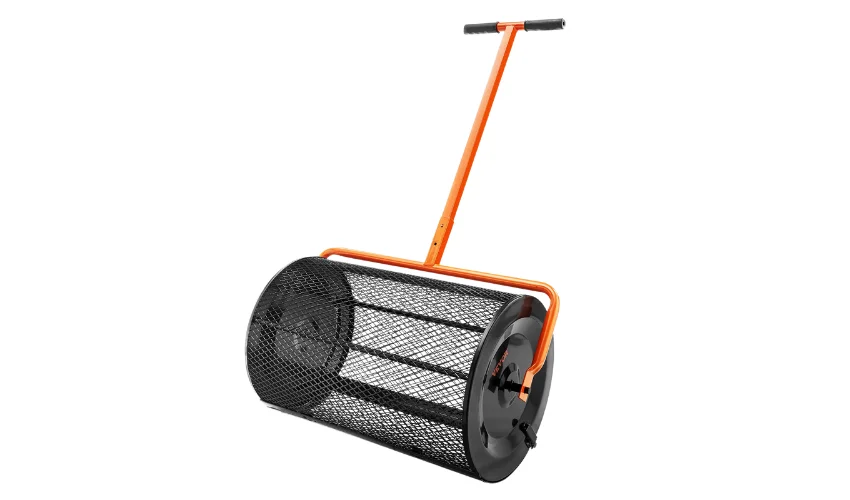
Spreads Beautifully:
Distribute peat moss uniformly thanks to VEVOR’s rust-resistant and corrosion-free peat moss spreader. The 24” steel basket will save time and labor while making sure the soil is spread faster.
Upgraded Side Latches:
Experience stability by dispersing compost. This peat moss roller is facilitated by two strong side latches, which reduce spills during use. The safe development ensures the basket always closes for a tidy and lasting performance.
Adjust with Ease:
Customize your comfort. The compost spreader’s handle pole has two adjustable heights (62 cm and 67 cm), so it can suit various users. Just simply unscrew the bolt to achieve your most suitable height.
Different Ways to Spread:
Move smoothly on any surface. This topdressing spreader easily handles slopes and uneven surfaces, making it ideal for spreading compost, manure, peat moss, and other materials. Effortlessly grow a healthier, greener lawn or garden.
| Sr. No. | Parameters | Specs | Parameters | Specs |
| 1 | Model | TC2002B | Rolling Barrel Size | 15.7″ x 24″/40 x 61 cm |
| 2 | Material | Steel | Product Size | 28.3″ x 16.5″ x 16.9″/72x 42x 43 cm |
| 3 | Net Weight | 22.3lbs /10.1 kg | Color | Black |
2. Compost Bin
Transform your kitchen scraps and yard waste into nutrient-rich compost with the VEVOR Compost Bin. With its 43-gallon capacity and dual chambers, you can compost continuously. Simply load your organic materials, rotate the tumbler, and let nature do the work.
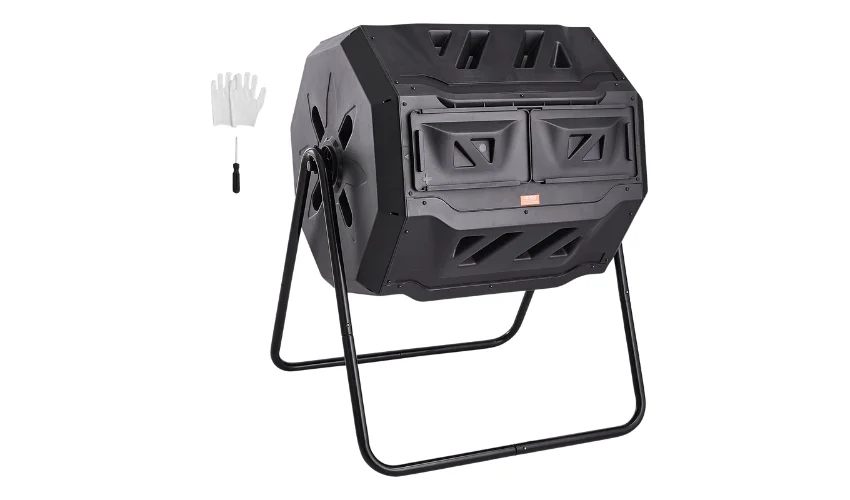
Extra Capacity
Toughen up your composting operation with our dual-chamber compost bin with 43 gallons of storage capacity. It saves time and is perfect for big households, including ones like yours, where you keep adding organic components to your compost.
Easy Material Additions
Easily compost with our dual-chamber composter tumbler. The removable slider door and large gate permit easy waste addition and compost recovery. In addition to that, the sealed lid prevents the entry of pests, protecting the decomposition process.
Unmatchable Quality
This bin is made of high-quality PP materials and heavy-duty metal pieces. It can hold as much as 110 pounds. BPA-free, UV-resistant and weatherproof, it stands all odds from direct sunlight to typhoons, lasting for years without wilting.
Cater Through Mixing
Embrace a hassle-free composting experience thanks to our tumbling composter’s unmatched 360° tumble design. Turn it every few days, and it will take just 4-6 weeks to have fully decomposed organic matter, which is rich in nutrients, because of thorough mixing.
Moreover, you can read this guide on how to choose the right compost tumbler.
| Sr. No. | Parameters | Specs |
| 1 | Capacity | 43 Gallons / 162.7 Liters |
| 2 | Weight | 21.9 LBS / 9.92 kg |
| 3 | Max Weight Loading | 110 lbs / 50 kg |
| 4 | Product Dimensions | 29 × 24.6 × 37.6 inches / 735 × 625 x 955 mm |
FAQs
Is composted or fresh manure preferable?
Fresh manure can be too much for plants and even cause them to burn with excess nitrogen. The composted manure is aged and delicate and, therefore, presents less harm to your plants. For the welfare of your garden, it’s recommended to use composted manure in order to avoid nutrient imbalance during the release of nutrients.
Do you compost or manure your garden first?
The first layer should be composted to supply the organic matter that supports the whole structure. After that, spread manure on the surface. This helps the compost act as a filter so that the high-powered manure nutrients are not directly exposed to the roots of the plants, and thus, the plants grow evenly.
Can I combine manure with compost?
Certainly, mixing manure with compost would increase the quality and structure of the soil. Mix them very well to make sure that the nutrients are properly distributed without any concentration. It combines a wide array of nutrients in the soil, which enhances the growth of plants and promotes overall soil health.
Conclusion
Finally, you now understand the benefits and pitfalls of compost vs manure, which enables you to decide on a suitable one for your garden. Now is the time to act. Whether you are looking for high-quality organic matter in the compost or for the nutrient boost from the manure, your plants will be grateful for the nourishment. In order to uplift your gardening activities to the next level, try using VEVOR products. VEVOR’s product line includes compost spreaders and compost bins to help make handling easier and produce better results. Do not delay. Start on the path leading to a thriving garden tomorrow.

